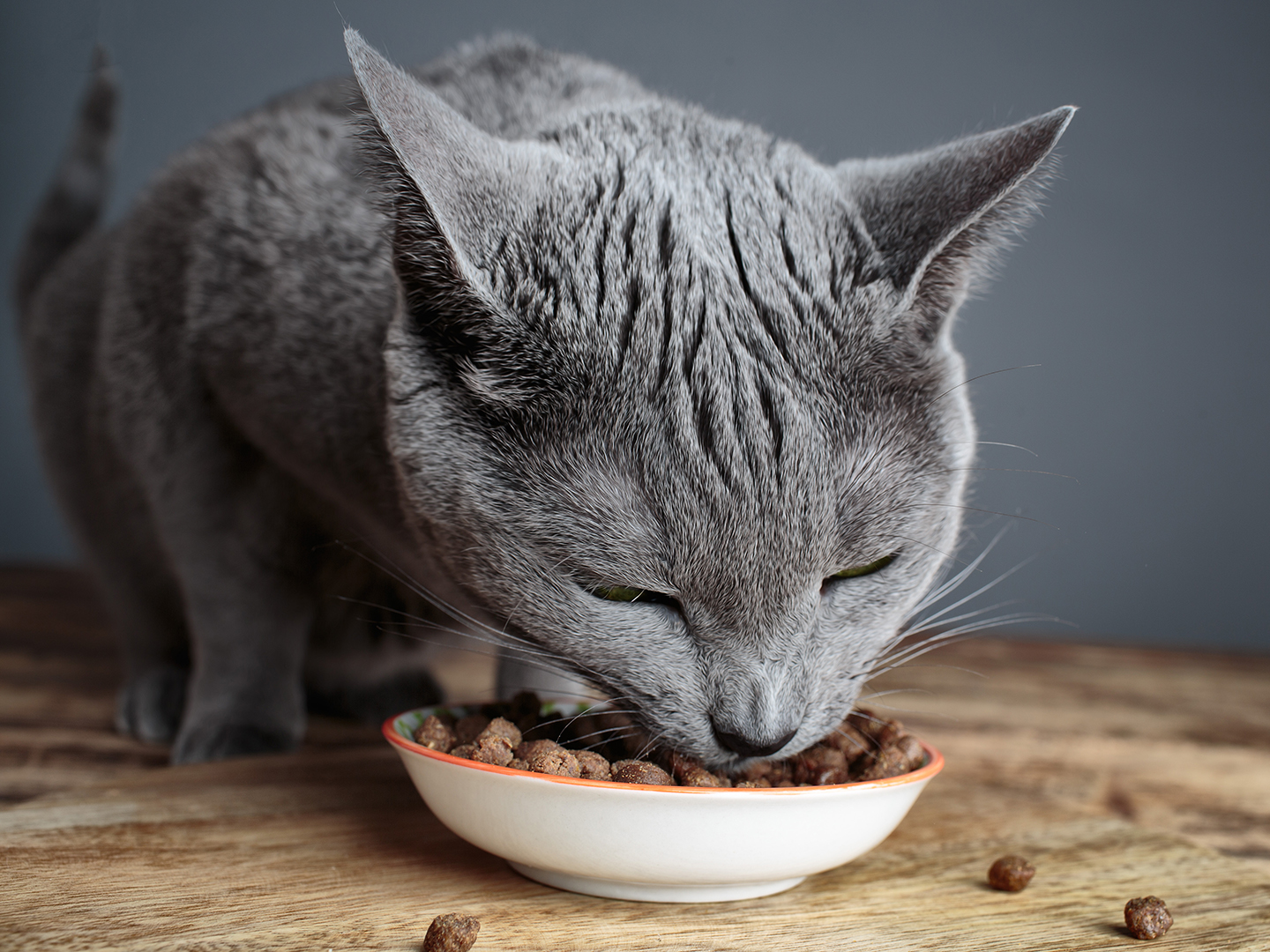Introduction:
Ensuring the freshness and safety of your pet’s food is paramount to their health and well-being. However, leaving pet food exposed to the elements can lead to contamination, spoilage, and potential health risks for your furry friend. In this guide, we’ll explore effective strategies to shield your pet’s food from harm, preserving its quality and nutritional value.
Understanding the Risks: The Dangers of Exposed Pet Food
Exposing pet food to air, moisture, pests, and sunlight can accelerate spoilage and degradation. These factors not only compromise the taste and texture of the food but also increase the risk of bacterial growth and contamination. Pets consuming spoiled or contaminated food may experience digestive issues, foodborne illnesses, and other health complications.

Sealing in Freshness: Utilizing Airtight Containers
Investing in airtight containers specifically designed for pet food storage is one of the most effective ways to protect your pet’s food from exposure. These containers feature secure seals that prevent air and moisture from infiltrating, preserving the freshness and flavor of the food. Choose containers made of durable materials such as BPA-free plastic or stainless steel for optimal durability and hygiene.
Elevating Storage: Keeping Food Off the Ground
Placing pet food containers or bowls directly on the ground increases the risk of contamination from dirt, pests, and moisture. Instead, elevate your pet’s food storage by using raised platforms or shelves to keep it off the ground. This not only reduces the likelihood of contamination but also makes it easier to access and maintain cleanliness around the feeding area.
Securing Storage Spaces: Protecting Against Pests
Pests such as ants, rodents, and insects are attracted to pet food and can quickly infest storage areas if left unchecked. To deter pests, store pet food in secure, pest-proof containers with tightly sealed lids. Additionally, regularly inspect storage spaces for signs of pest activity and promptly address any issues to prevent infestations.
Rotating Supplies: Minimizing Spoilage
To ensure the freshness of your pet’s food, practice proper rotation of supplies by using the oldest food first and replenishing with fresh stock regularly. This helps prevent food from sitting in storage for extended periods, reducing the risk of spoilage and maintaining the nutritional quality of the food. Be sure to check expiration dates and follow storage guidelines provided by the manufacturer.
Monitoring Environmental Factors: Protecting Against Sunlight and Temperature
Exposure to sunlight and fluctuating temperatures can degrade the quality of pet food and accelerate spoilage. Store pet food in a cool, dry place away from direct sunlight and heat sources such as radiators or ovens. Additionally, avoid storing pet food outdoors or in unventilated areas where temperature fluctuations are more pronounced.
Regular Cleaning and Maintenance: Ensuring Hygiene
Maintaining cleanliness and hygiene in pet food storage areas is essential for preventing contamination and preserving food quality. Regularly clean and disinfect storage containers, bowls, and feeding areas to remove residue, bacteria, and odors. Use mild detergents and warm water for cleaning, and allow containers to dry completely before refilling with fresh food.
Conclusion:
Protecting your pet’s food from exposure is crucial for safeguarding their health and well-being. By employing these shielding strategies, you can preserve the freshness, flavor, and nutritional value of your pet’s food while minimizing the risk of contamination and spoilage. Investing in proper storage containers, maintaining cleanliness, and monitoring environmental factors will ensure that your furry companion enjoys safe and delicious meals every time.










